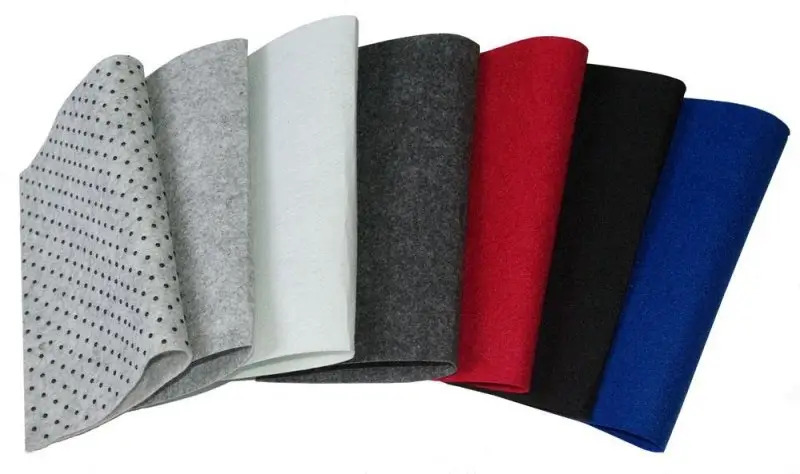In the medical business, in filtration and separation, and in other industries that are conceptually comparable, nonwoven fabric is often used.
In recent years, there has been an increase in demand for unconventional approaches to the manufacturing of textiles. This is of utmost significance in light of the fact that more conventional techniques of manufacturing, like as spinning, weaving, and knitting, have been rendered obsolete by recent technological developments. One of the characteristics of the new product is that it has one-of-a-kind features and uses that cannot be recognized by the standards used for conventional textiles. This is one of the characteristics of the new product. One of them is a product made of nonwoven materials.
Nonwovens are a form of created fabric that is innovative, imaginative, and constructed completely of fibers. This is because they are used for such a broad variety of products and applications. Applications for nonwovens include filtration of liquids and gases, protective clothing, hygiene products, medicinal applications, wipes, and materials for surgical procedures. There are many more uses for nonwovens. It is now abundantly obvious that humans are unable to operate properly in the absence of nonwovens.
The current coronavirus epidemic has enabled the nonwovens industry to secure a good profit margin for its products. Large-scale firms that manufacture nonwoven fabrics have, according to government estimates, both made a lot of money and gained a lot of money in recent years. This suggests that the profitability of this industry is being bolstered by more technological value added from advanced industrial science and technology, as well as by the uninterrupted industrial development due to the benignant circle that results from increased production capacity, reduced inventories, and a decrease in receivables for business activities.

The utilization of nonwovens has skyrocketed in the little amount of time that these materials have been commercially available. The nonwovens sector is expanding at a rapid rate across the board in every region of the world. For one reason, investments from the world's top nonwoven makers to start their own company have been tempted by the need for medical health, infrastructure development, and environmental protection.
The nonwoven fabric is only going to grow in size, despite the fact that it is already rather large. In terms of worldwide applications, the most common field in which nonwoven fabric is used is healthcare, which is intrinsically connected to both the expansion of the global population and the composition of the demographic makeup. There has been a rise in the demand for hygiene textiles in China, the country with the most people on the planet. This is in part due to the fact that China's population is getting older, the country has seen a slight increase in birth rates since the implementation of a universal policy limiting families to two children, and there has also been an outbreak of the coronavirus.
The unique structure of nonwoven fabric lends itself to an exceptionally diverse set of applications within the engineering industry. The practice of bag house dusting, which has been shown to be kind to the environment, is now extensively used in a variety of industries, including thermal power generation, steelmaking/metallurgy, cement, and waste incineration, to name just a few.
Additionally, there is a growing need for textiles that are made of microfibers. However, despite market and environmental restrictions generally pushing down the synthetic leather industry, better performance is ingrained in synthetic leather and its base fabric, which emphasizes industry progress and massively replaces conventional goods. This is the case despite the fact that the synthetic leather industry as a whole is experiencing a decline. The man-made leather and the cloth upon which it is based.
The category of textiles known as nonwovens is the one that is expanding at the quickest rate. During this time period, there has been a significant rise in the quantity of textile fiber that is employed in the production of nonwoven items. Because of greater consumer awareness as well as the rapid pace at which nonwovens are being accepted by both enterprises and individual customers, the use of nonwoven materials is on the rise. The growth of the hygiene and medical industries in Asia-Pacific and Latin America are both contributing factors to the development of the nonwoven market. It is anticipated that the Asia Pacific region will play a big role in the production of nonwovens, particularly due to the fact that China and India are developing economies with a rising customer base that is becoming more aware of the benefits of nonwoven products.
If you want to purchase non woven machine/non woven machinery, you can enter our website official to discover more!




